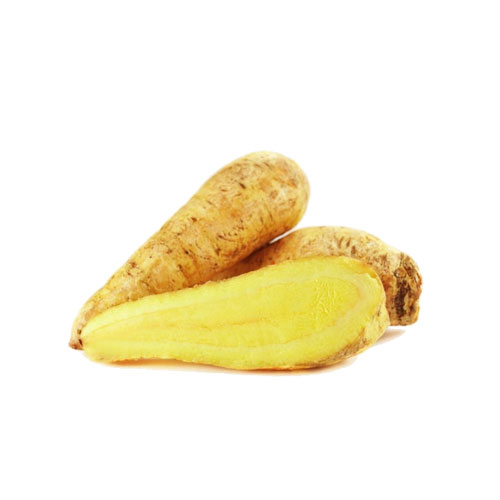Beetroot Home remedies-Beetroot Health Benefits
BEETROOT BEETROOT USED FOR ACNE Antioxidant-rich: Beetroot is loaded with antioxidants like vitamin C, which…

“There are hundreds of plant species under the ocean beds, and many living organisms depend on them for day- to- day living. Millions of fish eat algae and other substances form the plants. The surface of the sea is calm, but there are hundreds of activities happening inside the sea. So, there are no doubt that plants and trees play an important role on this earth. This topic will deal with Arracacha, which is a wonderful root vegetable. The botanical name of this vegetable is Arracacia xanthorrhiza. This precious root vegetable from Andes has become a popular food in South America.”
In South America, this variety is a major commercial crop. These plants are found abundantly in Andean region. These vegetable is used in lots of countries and they call this plant in different names like apio criollo in Venezuela, zanahoria blanca in Ecuador, virraca in Peru and mandioquinha in Brazil. This vegetable is somewhat like carrot and celery and has lots of nutritional values. The leaves are similar to parsley and vary from dark green to purple. Arracacha comes under umbellifer family. Like potato this vegetable is also a root vegetable. This vegetable can be eaten raw or cooked. When cooked, it will be rich in aroma and taste. This vegetable is cultivated in Brazil, Ecuador, Venezuela, Costa Rica and Puerto Rico.
| Proximity |
Nutrient Value | % DV |
|---|---|---|
| Water | 74 g | N/D |
| Energy | 104 Kcal | N/D |
| Protein | 0.505 g | 1.01% |
| Total Fat (lipid) | 0.28 g | 0.80% |
| Ash | 1.3 g | N/D |
| Carbohydrate | 26.7 g | 20.54% |
| Total dietary Fiber | 0.85 g | 2.24% |
| Minerals | ||
| Calcium, Ca | 31.7 mg | 3.17% |
| Iron, Fe | 9 mg | 112.50% |
| Magnesium, Mg | 63.05 mg | 15.01% |
| Phosphorus, P | 50 mg | 7.14% |
| Potassium, K | 2.25 mg | 0.05% |
| Vitamins | ||
| Water soluble Vitamins | ||
| Vitamin B1 (Thiamin) | 0.1 mg | 8.33% |
| Vitamin B3 (Niacin) | 4.3 mg | 26.88% |
| Vitamin C (Ascorbic acid) | 23 mg | 25.56% |
| Fat soluble Vitamins | ||
| Vitamin A, RAE | 1.76 µg | 0.25% |